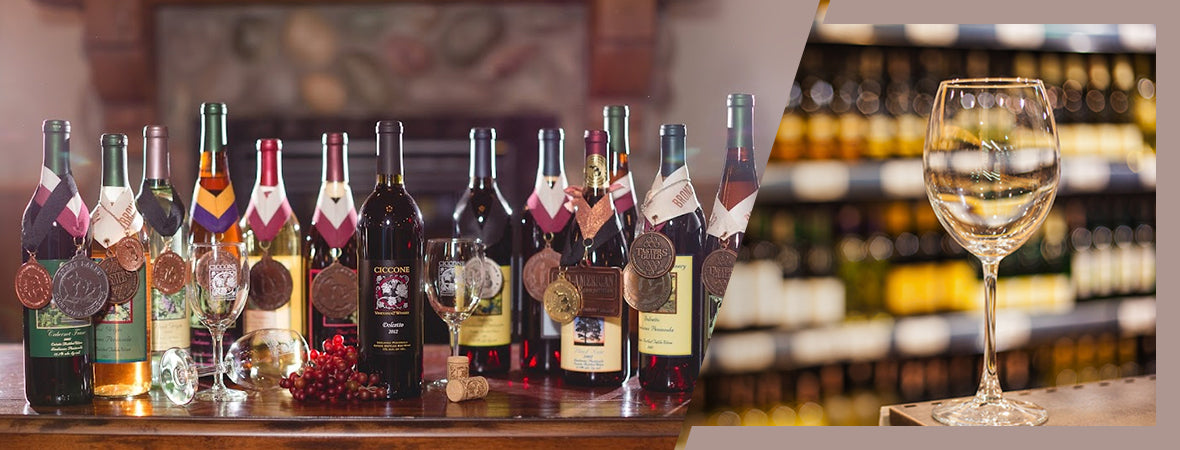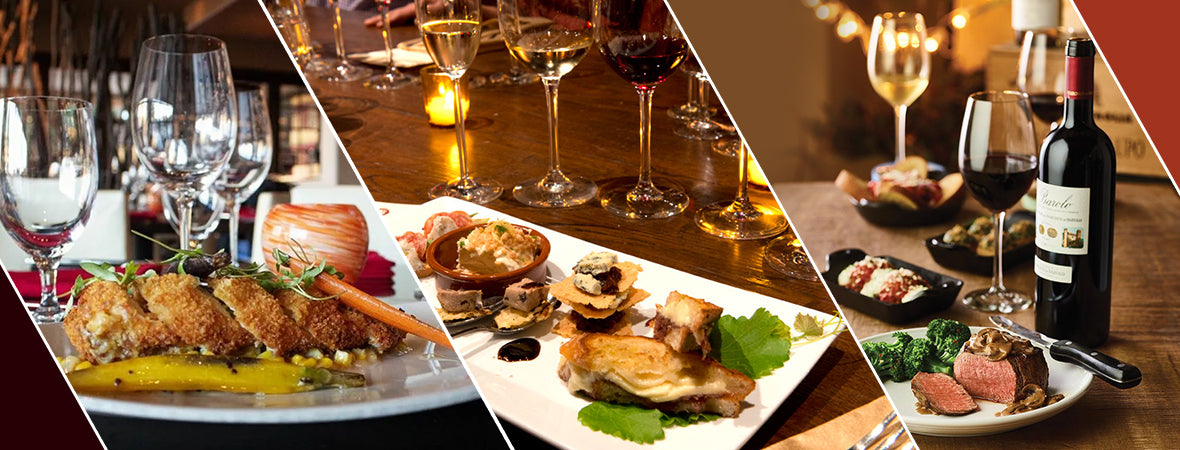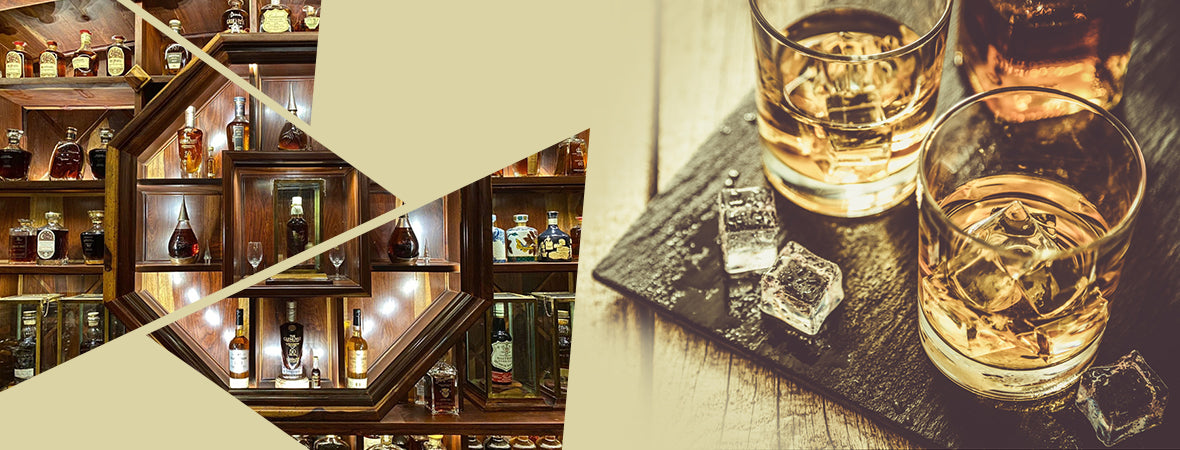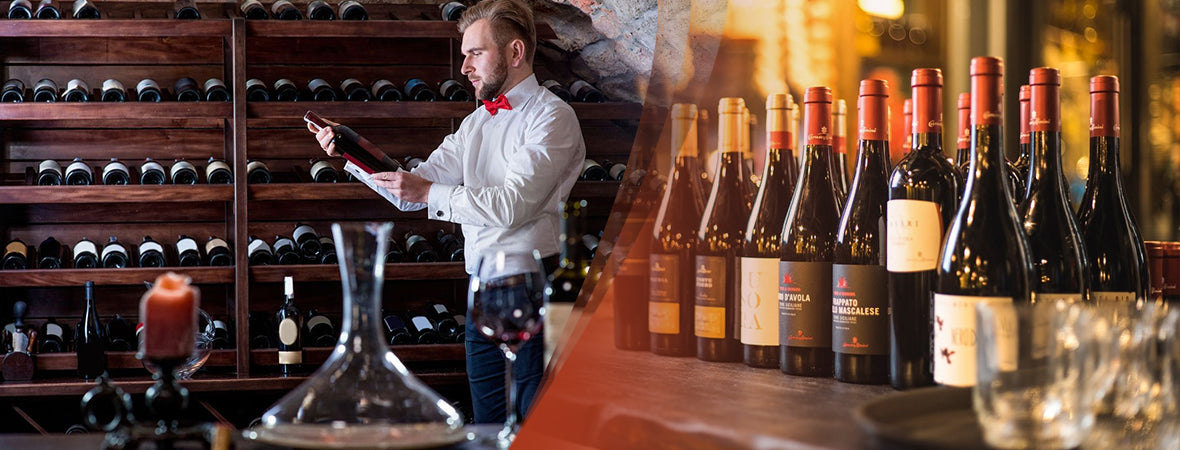Learning all of the differences between how countries label their wines can seem like a trying ordeal. Reading labels from around the world can seem intimidating, but really there are a few simple distinctions you can learn to make that will incredibly increase your ability to comfortable read these labels. One of these differences is between varietal and appellation. When you are familiar with what these terms mean and which countries use them, you will no doubt be better prepared to know what you are drinking from any country.
The term varietal is used when talking about the actual grapes used in a wine. This is perhaps a little bit easier to decipher, because when a bottle says “Merlot” you’ll know that those were the grapes that were produced and that’s the kind of wine that you’re drinking. This type of labeling is used in most countries, including North America, Australia, Chile, and South Africa. Many people feel comfortable with this type of labeling since if you know the characteristics of the grape used in production then you will likely be able to know what the wine will taste like. There is one technicality with this type of labeling, though: the labels only show the varietal that is used the most in the wine. For example, a merlot may contain 10% zinfandel, but because the majority of the grapes used in the wine are Merlot, then the wine would be labeled a Merlot.
The other labeling style, called appellation, is a system of labeling based on a wine’s location of production. It tells you where the wine’s grapes come from. This style is used most often for the old world wine countries like France, Spain, and Italy, each which labels their wines from the regions. So if you’re reading a French red wine bottle that says “Bordeaux France,” it means they will have certain characteristics of a Bordeaux styled wine. So if red Bordeaux are full-bodied and dry, then you’ll know by reading this label that your red Bordeaux will likely have these characteristics.
Many might say that one labeling style or another is better. Others say that both are fine. It is ultimately hard to tell which system of labeling is actually better, but more countries have been using varietal labeling. The appellation style keeps strong regulations on wine production so in order to be labeled as a particular wine it must follow the regulations set up.
Hopefully, now whichever label you have in your hand, you’ll be able to read and understand what it’s telling you just a little better. With time and experience, you’ll know what kind of wine is waiting underneath that label. As always, enjoy.





